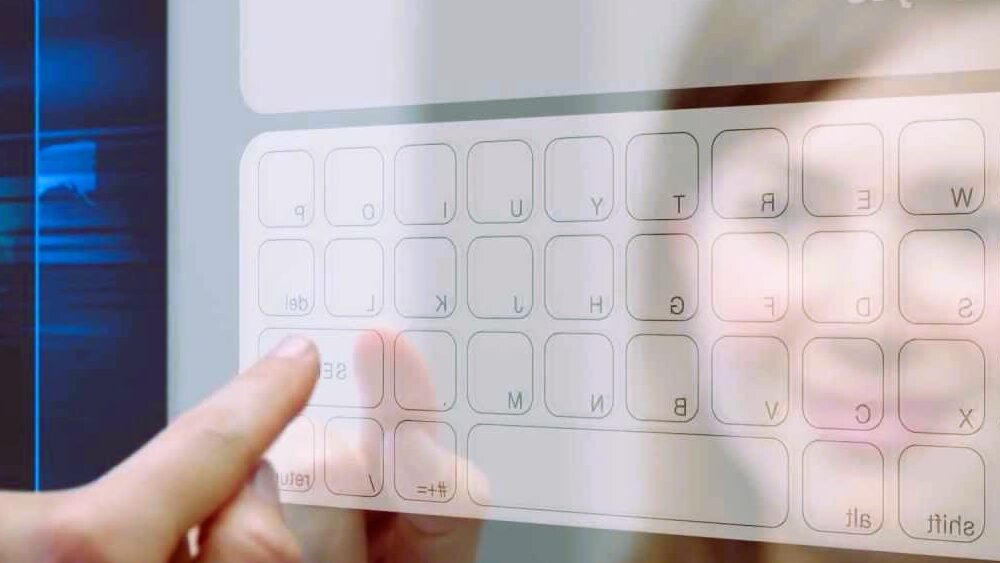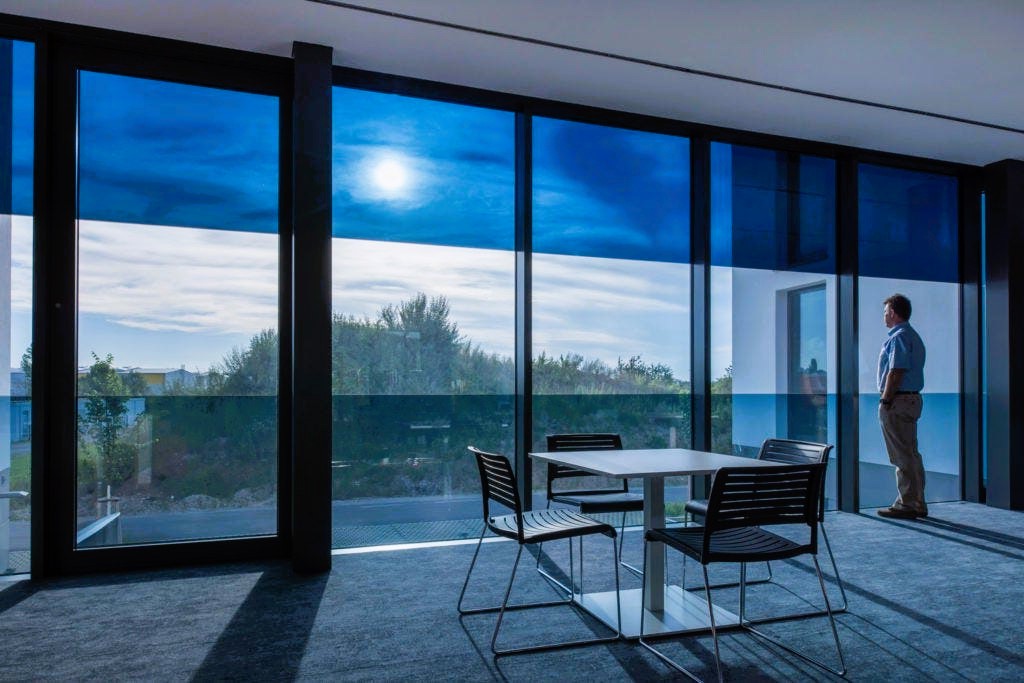Glass, an ancient material with a rich history, continues to play a pivotal role in our modern world. From architectural marvels to everyday consumer products, glass has found its place in almost every aspect of our lives. As technology advances and sustainability becomes a top priority, the future of glass is marked by innovation and new perspectives. In this article, we will explore the exciting innovations and perspectives that are shaping the future of glass.
1. Sustainable Glass Production
One of the most significant trends in the glass industry’s future is a commitment to sustainability. Glass production has traditionally been energy-intensive, but manufacturers are actively seeking ways to reduce their carbon footprint. Here are some sustainable innovations on the horizon:
- Eco-Friendly Furnaces: Research is underway to develop more energy-efficient furnaces for melting glass. These furnaces could use renewable energy sources, such as solar or wind power, to reduce greenhouse gas emissions.
- Recycling Advancements: The glass recycling infrastructure is evolving, making it easier to collect and recycle glass. Innovations in glass sorting technology are improving the quality of recycled glass, making it suitable for various applications.
- Circular Economy: Glass manufacturers are exploring ways to create a circular economy by designing products with recycling in mind. This involves using labels and adhesives that are easy to remove, ensuring glass products can be recycled more efficiently.
2. Smart Glass and Interactive Surfaces
Smart glass is a rapidly developing field with the potential to revolutionize various industries:
- Electrochromic Glass: Electrochromic windows can change their tint in response to external conditions, reducing the need for blinds or curtains and improving energy efficiency.
- Interactive Glass: Glass surfaces equipped with touch or gesture controls can turn windows and displays into interactive interfaces. This technology has applications in architecture, automotive, and consumer electronics.
- Energy Generation: Researchers are working on transparent solar panels that can be integrated into glass surfaces, turning buildings into energy generators without obstructing the view.
3. Architectural Innovations
The future of glass in architecture is marked by innovation and sustainability:
- Dynamic Glass Facades: Glass facades are evolving with the integration of dynamic glass that can adapt to changing light conditions, reducing cooling and heating costs.
- Biophilic Design: Glass is playing a key role in biophilic design, which aims to connect people with nature in the built environment. Greenhouses, atriums, and indoor gardens enclosed in glass are becoming more prevalent.
- Self-Healing Glass: Researchers are exploring self-healing glass materials that can repair minor cracks and scratches autonomously, extending the lifespan of glass surfaces. Read our article about the Art of Glass Engraving at this link.
4. Transportation Advancements
Glass plays a crucial role in transportation, and innovations in this sector are transforming the way we move:

- Augmented Reality (AR) Windshields: AR windshields are being developed to provide real-time navigation, safety alerts, and information directly on the windshield, enhancing the driving experience.
- Electric and Autonomous Vehicles: The shift towards electric and autonomous vehicles is driving the demand for lightweight and energy-efficient glass solutions.
5. Healthcare and Glass
In healthcare, glass is advancing medical devices and diagnostics:
- Lab-on-a-Chip Devices: Glass microfluidic devices are used for point-of-care diagnostics and drug development, providing precise control over tiny volumes of liquids.
- Surgical Glass: Glass materials with exceptional clarity and durability are used in advanced surgical instruments and imaging devices.
6. Art and Design
Glass artists and designers continue to push the boundaries of creativity:
- Mixed Media: Artists are combining glass with other materials, such as metal, wood, and ceramics, to create innovative mixed-media artworks.
- Sustainability in Art: Glass artists are increasingly using recycled glass and sustainable practices in their creations, reflecting broader environmental concerns.
7. Standards and Regulations
As glass innovations continue to emerge, standards and regulations play a crucial role in ensuring product safety and quality. Organizations like the International Organization for Standardization (ISO) and ASTM International provide industry standards and guidelines that manufacturers adhere to.
The future of glass is filled with exciting possibilities, from sustainable production methods to cutting-edge technologies that enhance energy efficiency and interactivity. As we move forward, it is essential for the glass industry to collaborate with innovators, researchers, and designers to harness the full potential of this versatile material.
For more information on standards and regulations related to the future of glass, you can visit Wikipedia. These sources provide valuable insights into the technical aspects and industry standards associated with the evolving world of glass.




